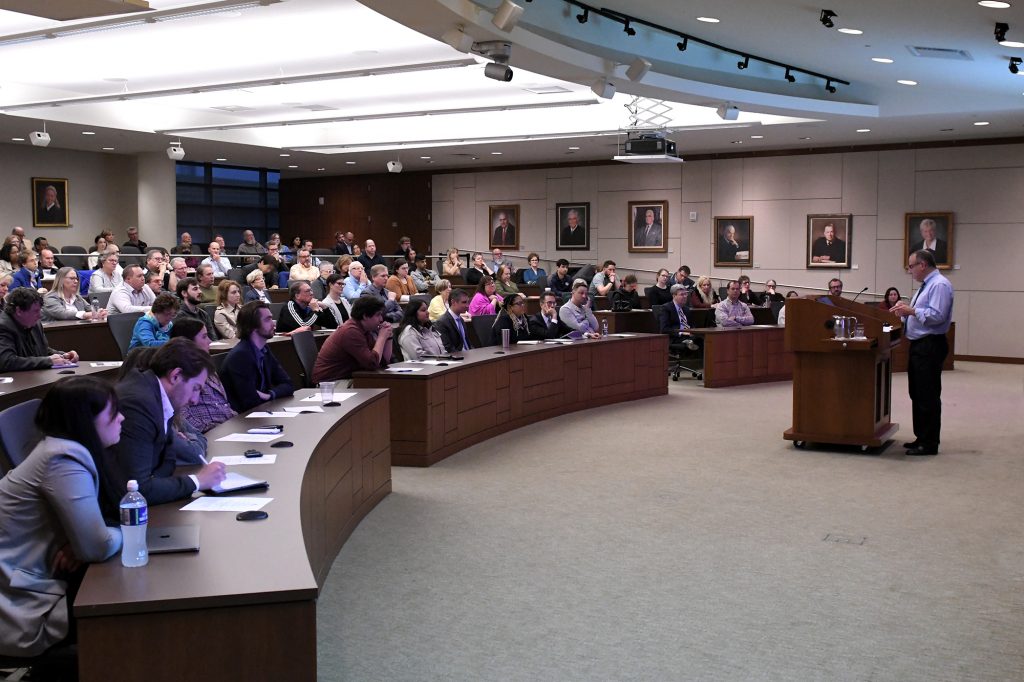Why Generative AI is Doomed
 I was honored to deliver this year’s Nies Lecture at Marquette University Law School, with the provocative (but, I hope, accurately descriptive) title “Generative AI is Doomed.” My remarks.
I was honored to deliver this year’s Nies Lecture at Marquette University Law School, with the provocative (but, I hope, accurately descriptive) title “Generative AI is Doomed.” My remarks.
This is my first contribution to the AI academic literature. As you can see, I take a contrarian stance about the direction that regulation is heading. As a result, I hope these remarks spark some discussion and reflection among the advocates for more regulation/”governance” of Generative AI. Technological innovation flourishes only within a thoughtfully designed legal infrastructure, and my talk explains why pro-regulation advocates are likely to overshoot their mark (unless they intend to kill Generative AI outright, which may be the agenda of some).
As you’ll see, I illustrated my talk with 30 Generative AI-created images. I’m grateful to Jess Miers for preparing all of the images based on my not-very-specific requests. We could have made the images even better with more time. Even with their imperfections, they hint at how Generative AI-produced images could enhance future talks and pedagogy.
Materials from my talk:
- The paper
- The video
- The image repository (all in the public domain per prevailing copyright law!)
The talk abstract:
The talk compares the recent proliferation of Generative AI with the Internet’s proliferation in the mid-1990s. In each case, it was clear that the technology would have revolutionary but uncertain impacts on society. However, the public sentiments toward the two innovations have differed radically. The Internet arrived during a period of widespread techno-optimism, creating a regulatory environment that fostered the Internet’s growth. Generative AI, in contrast, has arrived during widespread techno-pessimism and following decades of conditioning about the dangers of “AI.” The difference is consequential: The prevailing regulatory and legal responses to Generative AI will limit or even negate its benefits. If society hopes to achieve the full potential of Generative AI, we’ll need to adopt a new regulatory approach quickly.

